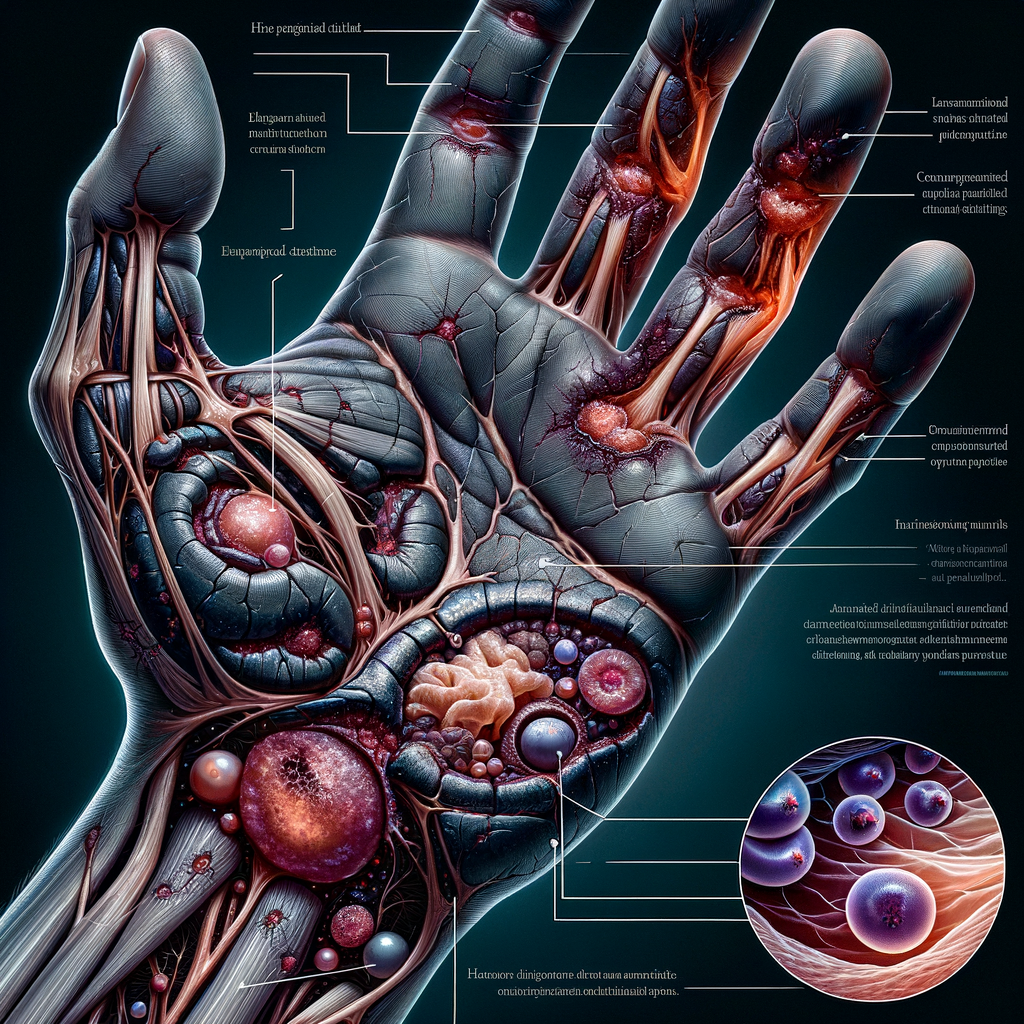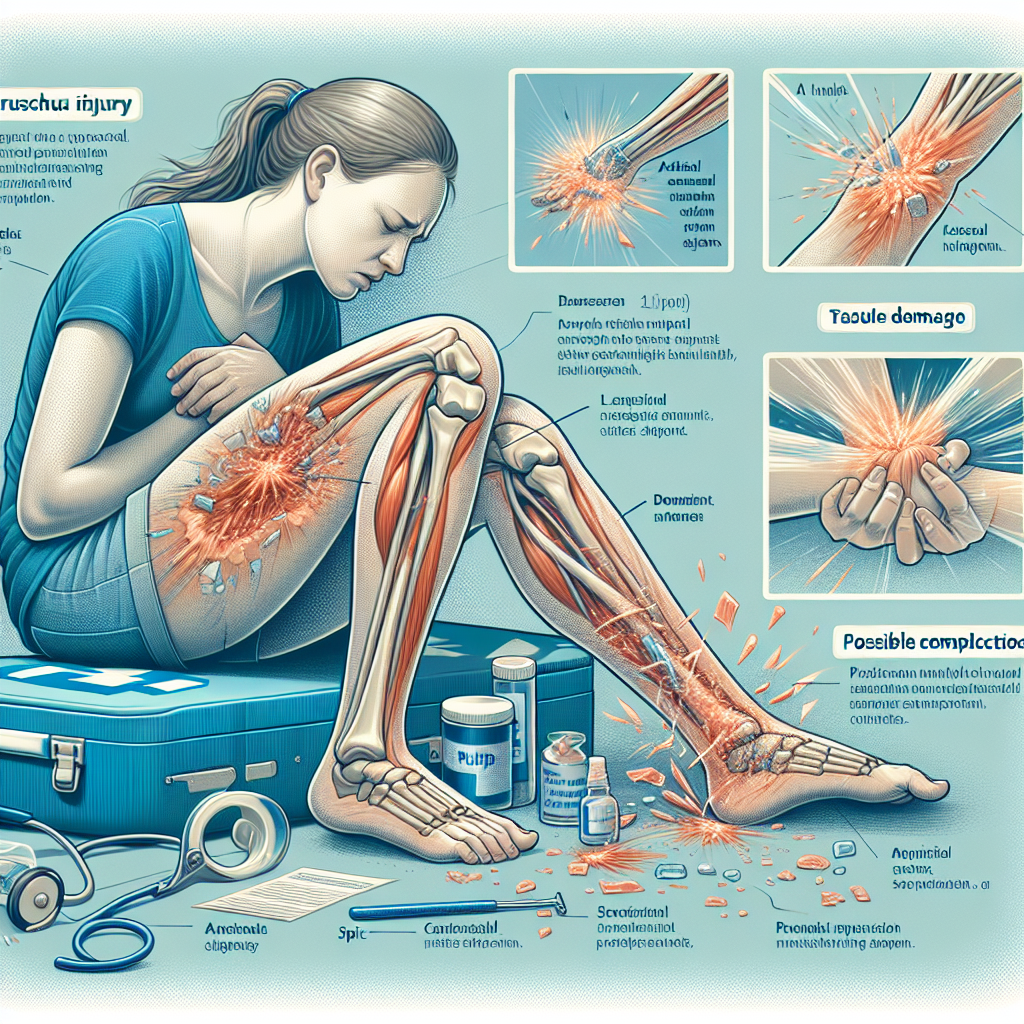Understanding Crush Injuries: Causes, Symptoms, and Treatment

Crush injuries occur when a part of the body, such as a hand or leg, is squeezed between two objects with great force. This type of injury can result in severe tissue damage, from bruising and lacerations to fractures and nerve injuries. In severe cases, a crush injury can lead to complications such as compartment syndrome, a life-threatening condition that requires immediate medical attention.
Causes of Crush Injuries
Crush injuries can occur in a variety of situations, including:
- Vehicle accidents
- Workplace accidents, particularly in industries such as construction and manufacturing
- Natural disasters, such as earthquakes and landslides
- Falls from a height
Symptoms of Crush Injuries
The symptoms of a crush injury can vary depending on the severity of the injury and the part of the body affected. Common symptoms include:
- Pain and swelling
- Bruising
- Bleeding
- Difficulty moving the affected area
- Numbness or tingling
Treatment for Crush Injuries
Treatment for a crush injury will depend on the severity of the injury. In some cases, immediate medical attention is required to prevent serious complications. Treatment may include:
- Pain relief medication
- Wound care, including cleaning and dressing the wound
- Surgery to repair damaged tissue or bones
- Physical therapy to restore function and strength
Complications of Crush Injuries
Severe crush injuries can lead to serious complications, including:
- Compartment syndrome, a condition in which increased pressure in a muscle compartment leads to severe muscle and nerve damage
- Crush syndrome, a life-threatening condition characterized by shock and renal failure
- Long-term disability due to nerve damage or loss of a limb
Preventing Crush Injuries
While not all crush injuries can be prevented, there are steps you can take to reduce your risk, such as:
- Using safety equipment and following safety protocols at work
- Being aware of your surroundings and avoiding situations where you could be trapped or crushed
- Seeking immediate medical attention if you suspect you have a crush injury
Conclusion
Crush injuries can be serious and potentially life-threatening, but with prompt medical attention and appropriate treatment, many people can make a full recovery. Awareness and prevention are key to reducing the risk of these injuries. If you or someone you know has suffered a crush injury, seek immediate medical attention to prevent complications and ensure the best possible outcome.
Meta Keywords
Crush injuries, causes of crush injuries, symptoms of crush injuries, treatment for crush injuries, complications of crush injuries, preventing crush injuries, compartment syndrome, crush syndrome
Featured Image
A cartoonish image of a hand being squeezed between two heavy objects, symbolizing a crush injury. The image should be colorful and eye-catching, but also convey the seriousness of the topic.







